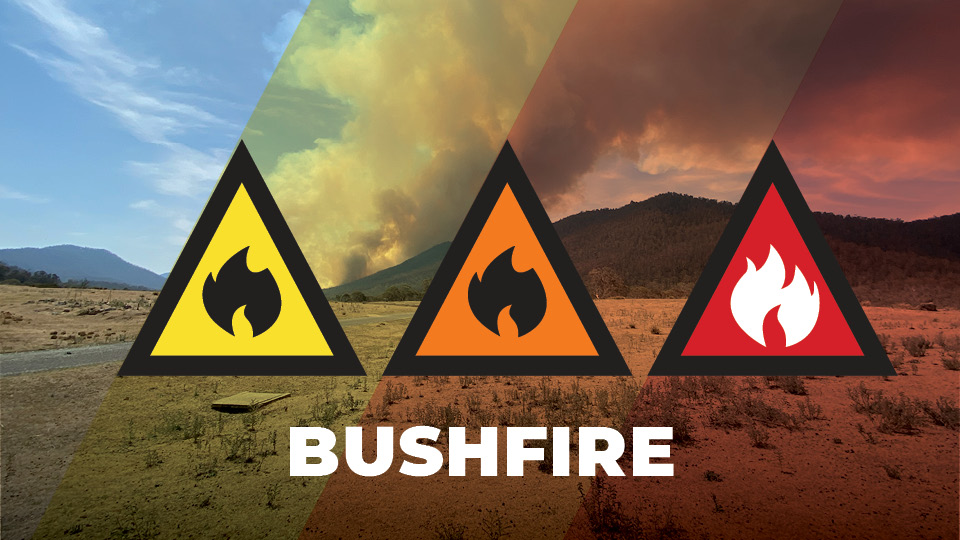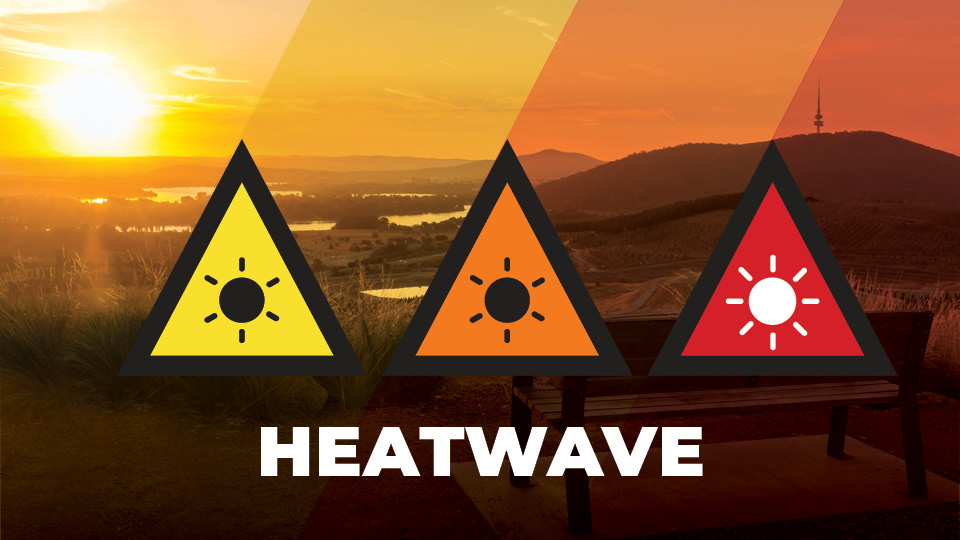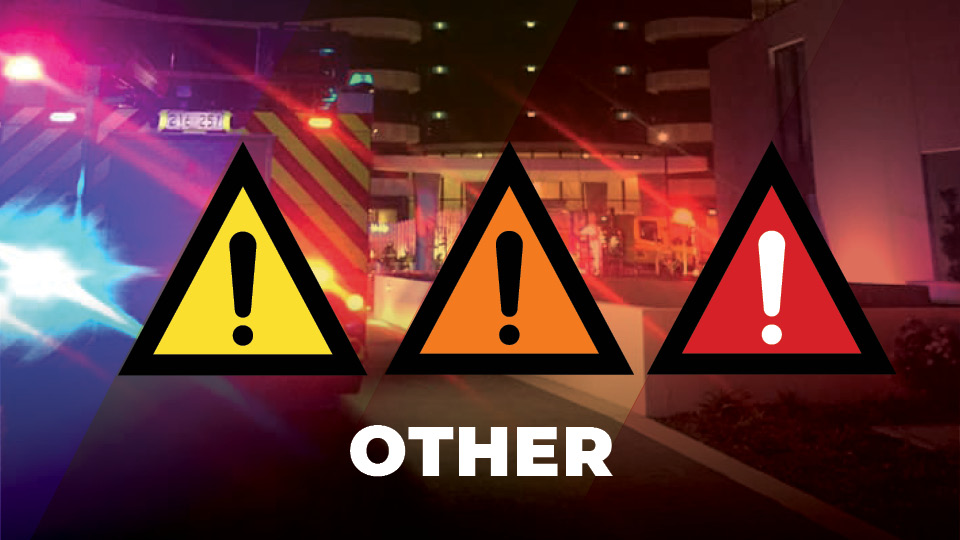In an emergency, the ACT Emergency Services Agency publishes warnings on this website and other communications channels.
For your survival, know where to find emergency information and keep informed of the latest updates.
Australian Warning System (AWS)
The Australian Warning System is a nationally consistent method of displaying warning information with three levels of threat.



As well as the warning level, a warning will contain information on the situation, the expected impact on communities, and advice on what you should do to stay safe.
Hazard Types
Starting later in 2024 the Australian Warning System will be used for various hazards including bushfire, flood and heatwave.




Over time, the system is intended to be implemented for even more hazards including HAZMAT incidents, cyclones and storms.
An emergency can happen when you least expect it, so, you need to know what to do.
Location Based Warnings
When a warning is issued, it will include information about the hazard location and impacted areas.
On the ACT Emergency Services Agency website and linked applications, you may see warnings displayed as an icon, or a polygon drawn around the affected area.
- Yellow overlay and or icon: Advice
- Orange overlay and or icon: Watch & Act
- Red overlay and or icon: Emergency Warning

Using the ACT Emergency Services Agency Incidents Map, click or tap on the overlay or icon to see additional information relevant to the warning.
Emergency Alert
When a warning is issued in an actual or imminent emergency, you may receive a text message or phone call from 0444 444 444. Consider adding this number to your address book for future reference.
This is an Australian government number reserved for emergency information, and all messages should be treated as genuine. If in doubt, you can verify the information on the ACT Emergency Services Agency or ACT Policing websites.
Emergency Alert works by contacting all phones within a defined geographic area. If you’ve recently passed through or are close-by the target area, you may also receive the message.
It's important to check both the warning and your location to determine if the warning applies to you.
Read more about Emergency Alert
Standard Emergency Warning Signal or SEWS
Before an Emergency Warning is broadcast, you may here a distinct siren sound – called the Standard Emergency Warning Signal.
Media outlets including radio and television broadcasters use this sound to identify emergency warnings.
Where to go for more information
In an emergency, you can find additional information on the ACT Emergency Services Agency website and other channels.
- Check the ACT Emergency Services Agency website (esa.act.gov.au)
- Follow @ACTEmergencyServicesAgency on Facebook @ACT_ESA on X (formerly Twitter)
- Download and monitor the Hazards Near Me mobile app
- Listen to ABC Local Radio on 666 AM
- Contact Access Canberra on 13 22 81
If your life is at risk, do not wait for a warning. Leaving early is the safest option.
Additional Information
A feed of news alerts, updates, and warnings is published to the ACT Emergency Services Agency website and RSS Feed.
A feed of current incidents can be accessed via a GeoRSS feed. This data is updated every 60-seconds directly from the Computer Aided Dispatch System.
The Common Alerting Protocol (CAP) is an international standard designed for the exchange of emergency alert and warning messages between various systems and networks.
![]()




